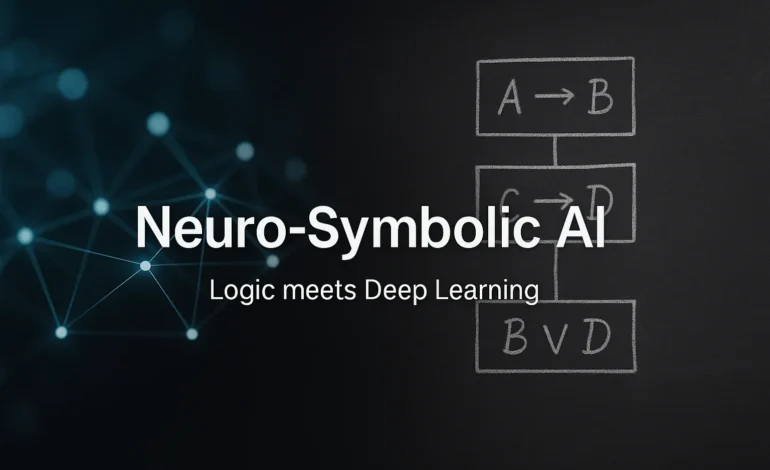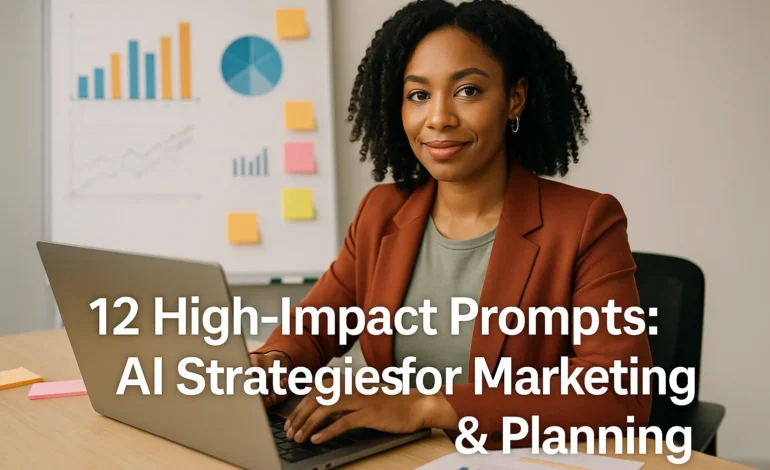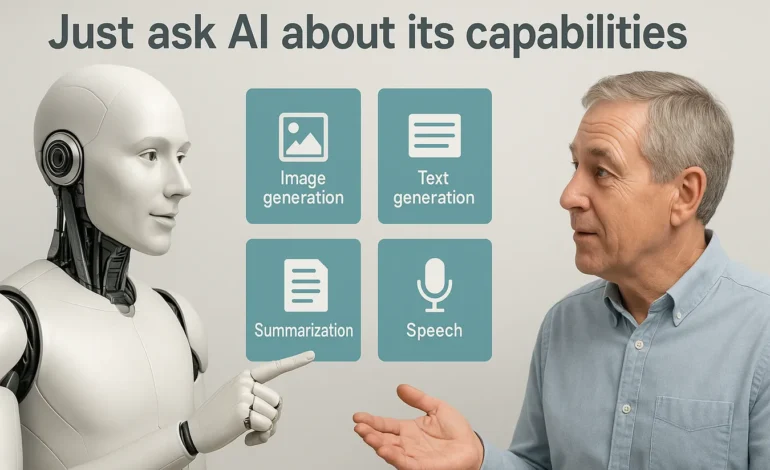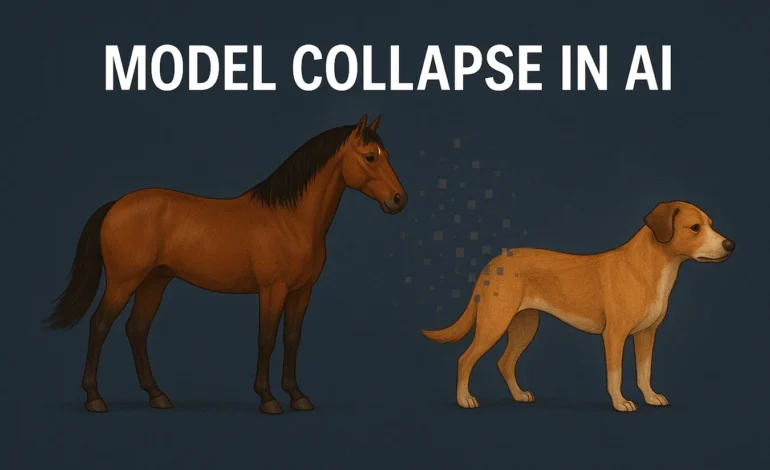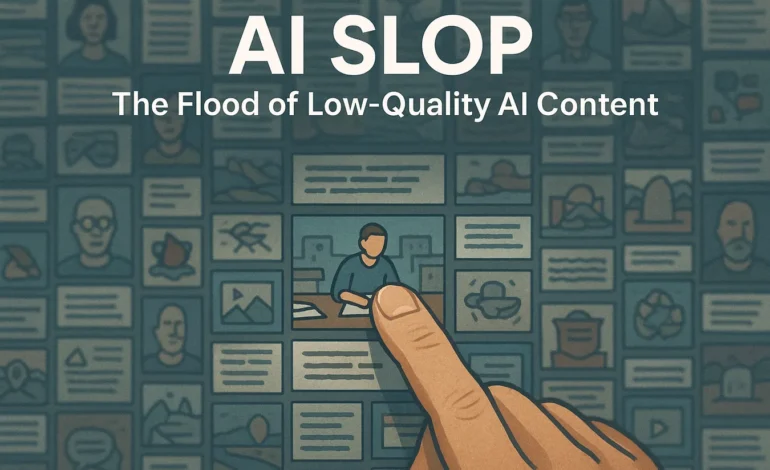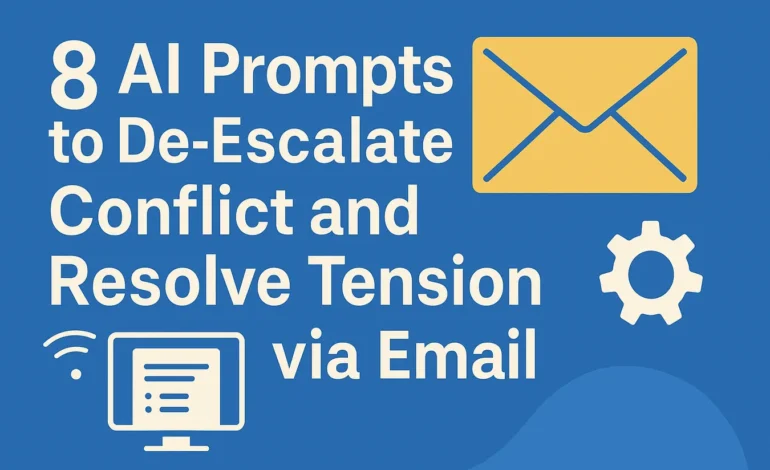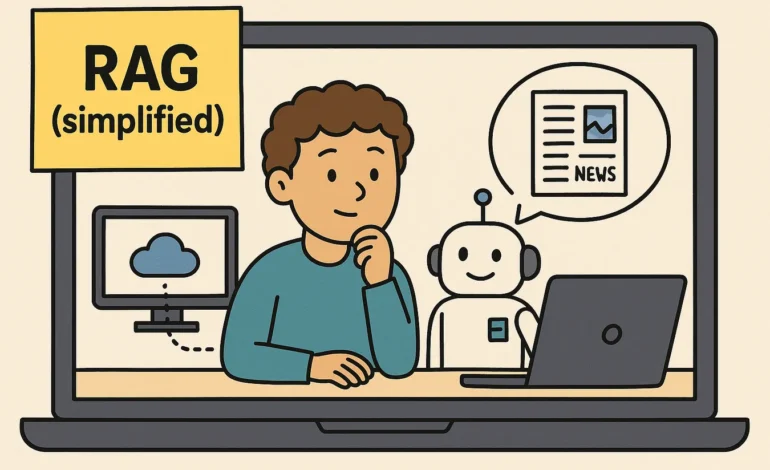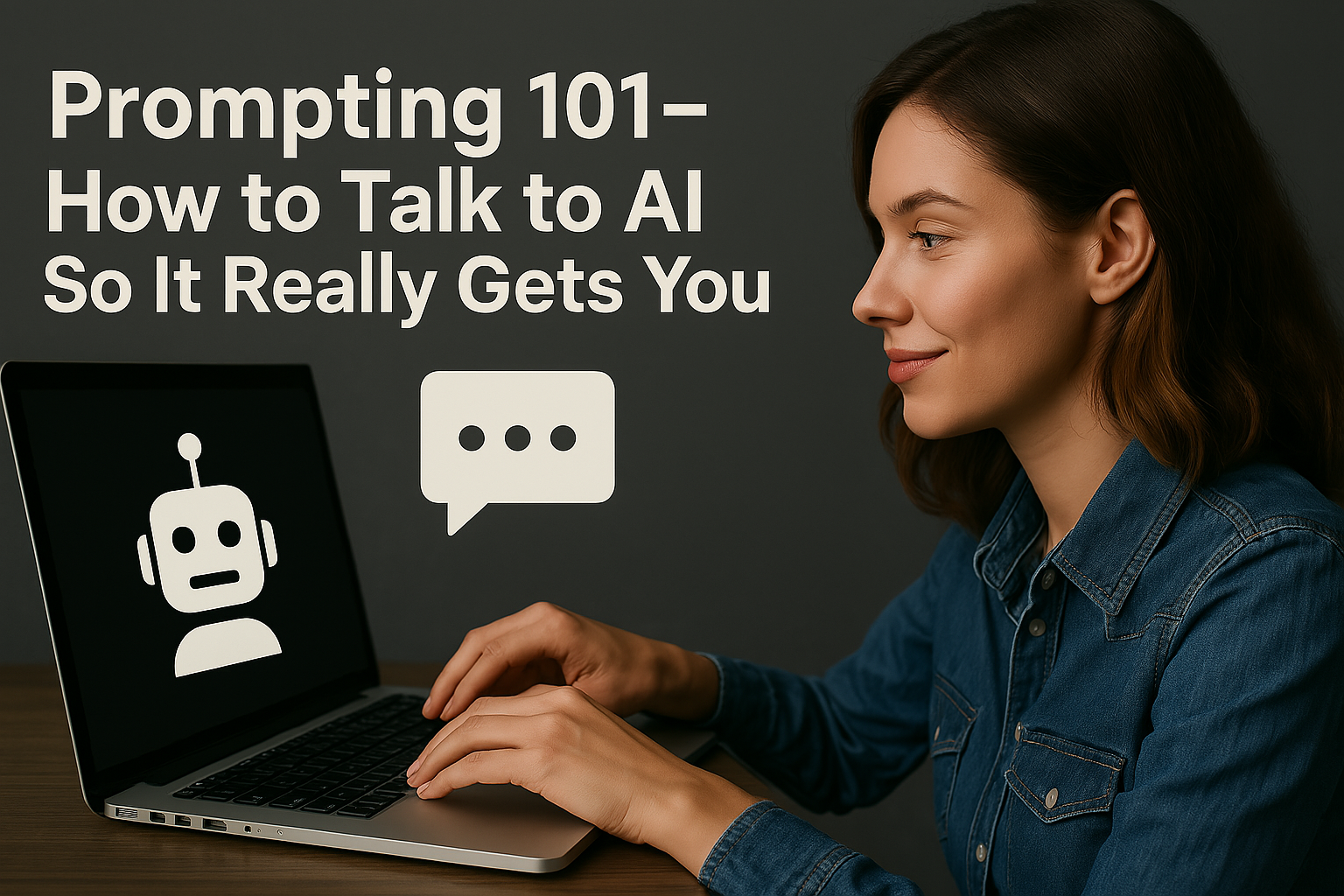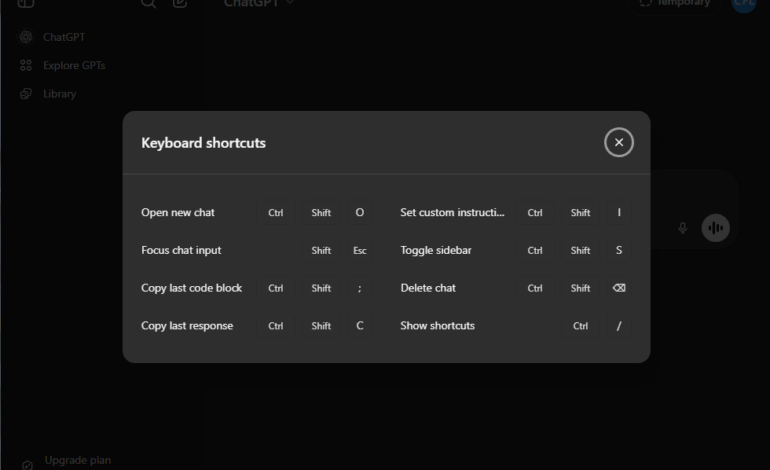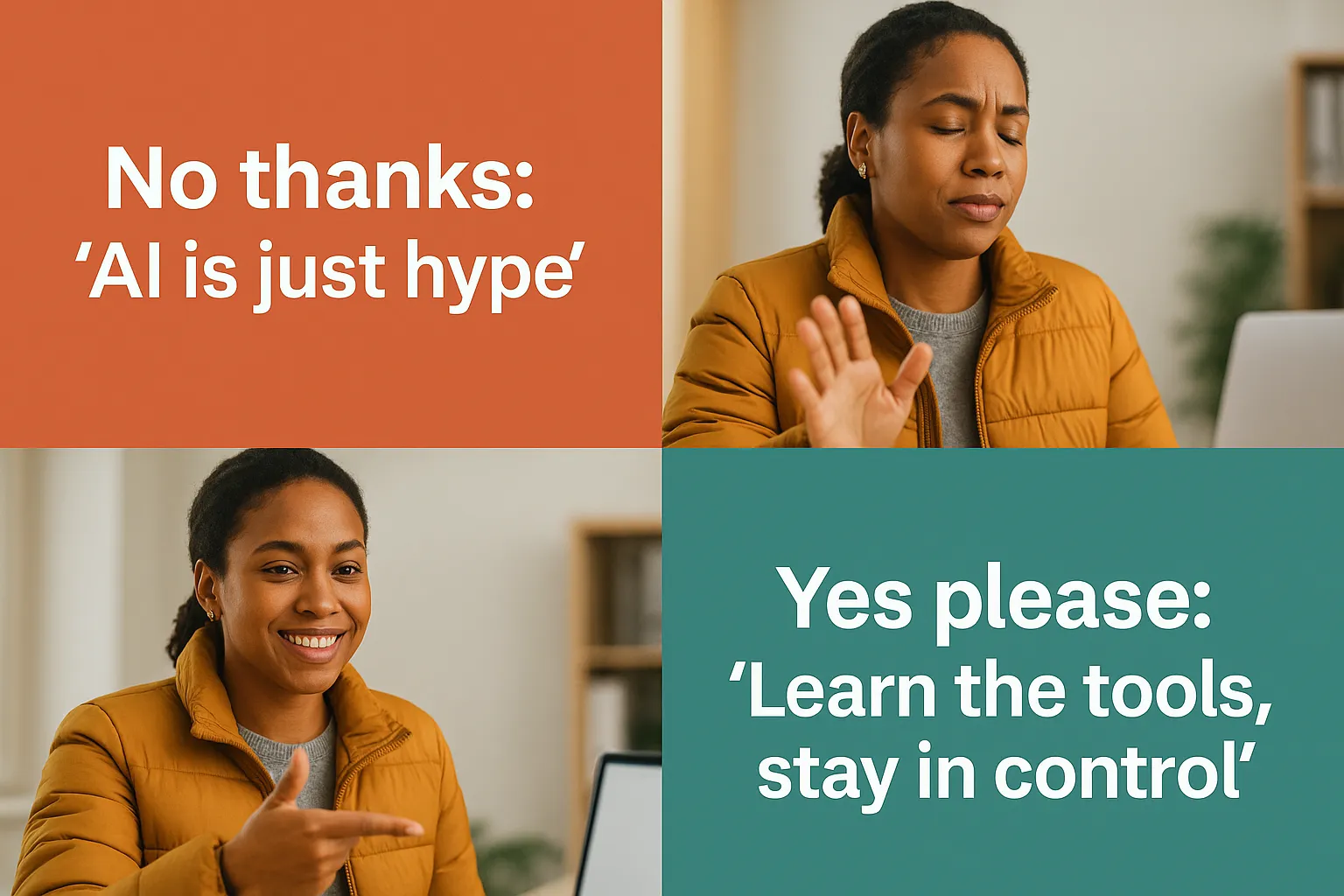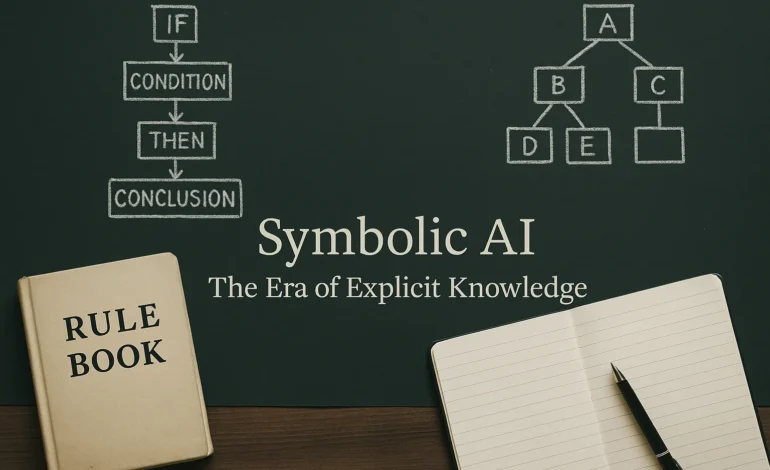
What Is Symbolic AI? The Era of Explicit Knowledge
Symbolic AI, often referred to as “Good Old-Fashioned AI” (GOFAI), is a paradigm based on the premise that human intelligence can be replicated through formal systems that manipulate symbols and explicit rules. Unlike modern, statistical systems, Symbolic AI uses logic, clear representations, and structured knowledge bases (like Knowledge Graphs) to perform verifiable reasoning.
- Method: Relies on logical rules (IF-THEN) and structured symbols to process information.
- Strength: Provides fully auditable and traceable decision-making (Explainable AI).
- Weakness: Struggles with unstructured, ambiguous data (images, natural language) and real-world perception.
Methodology: The Power of Explicit Rules
Symbolic AI operates on the fundamental principle that knowledge can be represented as high-level, human-readable symbols (like “Car,” “Red,” or “Owner”). These symbols are then manipulated according to explicit logical rules defined by programmers or domain experts. The goal is to perform deduction, inference, and planning based on a rigid, formalized system.
The core components necessary for Symbolic AI to function are:
- Symbols: Abstract terms that represent real-world objects or concepts (e.g., “Customer,” “Policy_ID”).
- Rules (Inference Engine): Explicit, logical statements that govern how symbols interact (e.g., IF CustomerAge > 65, THEN ApplySeniorDiscount).
- Knowledge Base: A structured repository of facts and relationships, often implemented as a Knowledge Graph, which the inference engine queries.
This approach dominated the first wave of AI research (ca. 1950s–1980s), leading to the development of Expert Systems, which successfully modeled the decision-making of human professionals in narrow, well-defined domains.
This comparison clarifies why Symbolic AI remains relevant, especially in conjunction with other models:
| Paradigm | Mechanism | Primary Strength |
|---|---|---|
| Symbolic AI | Explicit Rules & Logic | Verifiability, Auditing |
| Neural AI (LLM) | Statistical Patterns | Perception, Prediction |
| Neuro-Symbolic | Neural Input + Logical Rules | High Capability + Auditable Results |
This shows that Symbolic AI is critical for providing the logical rigor that statistical models lack.
Applications and the Need for Transparency
While often overshadowed by deep learning today, Symbolic AI remains the backbone of any application where verifiability and auditing are non-negotiable. Its greatest strength is its ability to provide a complete, traceable chain of logic for every decision made—a property that modern neural networks inherently lack.
In high-stakes compliance tasks, a statistical model may predict a loan default likelihood, but it cannot explain why. A Symbolic AI system, however, can audit the decision:
- Fact Retrieval: Retrieve symbols from the knowledge base (e.g., CreditScore=550, DebtToIncomeRatio=0.45).
- Rule Check: Apply the rule: IF (CreditScore < 600) AND (DebtToIncomeRatio > 0.40), THEN LoanStatus = DENIED.
- Verifiable Output: The system states the denial was based on Rule 4B, providing a perfect audit trail. (Source: Research on Expert Systems in Finance, e.g., [Authoritative Source 1]).
This reliance on explicit, logical reasoning makes Symbolic AI indispensable for regulatory technology and legal compliance.
Symbolic AI is critical in domains such as:
- Legal Tech: Analyzing contract clauses and regulatory compliance.
- Process Automation: Governing complex business workflows and expert systems.
- Neuro-Symbolic AI: Forming the crucial logical layer that validates the perceptual output of neural networks.
Limits and the Rise of Neuro-Symbolic AI
The main weakness of Symbolic AI is the Symbol Grounding Problem. Symbolic systems struggle because the real world is messy, unstructured, and ambiguous:
It is easy to define the rule: IF (Image contains “Cat”) THEN Label = Pet. But a Symbolic System cannot inherently see or interpret an image; it only understands the symbol “Cat.” It cannot infer the meaning of the symbol from raw sensory data. This difficulty in connecting high-level symbols to low-level perceptual data is why the paradigm faded during the rise of deep learning, which excels at pattern recognition.
This limitation is exactly what the emerging field of Neuro-Symbolic AI solves: It uses the powerful pattern recognition of neural networks (LLMs) to extract the necessary symbols from messy data, which are then fed into the robust logical framework of Symbolic AI.
What to do now: If your AI project requires full legal traceability or operates in a highly regulated environment, ensure that your architecture includes a Symbolic (or Neuro-Symbolic) reasoning layer. This is non-negotiable for auditable decision-making.
FAQ: Frequently Asked Questions About Symbolic AI
Q: What is the main difference between Symbolic AI and Deep Learning?
A: Symbolic AI uses explicit, human-readable rules and logic (top-down), providing explainability. Deep Learning uses statistics and learned patterns (bottom-up), providing strong perception but weak explainability.
Q: What is the “Symbol Grounding Problem”?
A: This is the problem of connecting abstract, high-level symbols (like ‘Cat’) to the raw, ambiguous sensory data (like pixels or acoustic waves) from the real world. Symbolic AI struggles with this connection.
Q: Is Symbolic AI still used today?
A: Yes. It is heavily used in Expert Systems, regulatory compliance, and as the crucial logical backbone in all modern Neuro-Symbolic AI systems where auditable decisions are required.
In a Nutshell: The Rules of Intelligence
Symbolic AI is based on the logic of manipulating symbols according to explicit rules. While its inability to handle unstructured data led to its decline, its inherent transparency and verifiability make it an indispensable component for high-stakes, auditable AI applications, especially when combined with neural networks.
For more on the structured data it requires, read our guide on Knowledge Graphs. Also explore the differences in logical reasoning capabilities in our dedicated article: What is AI Reasoning?

